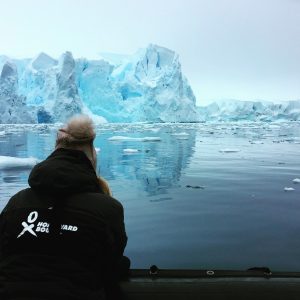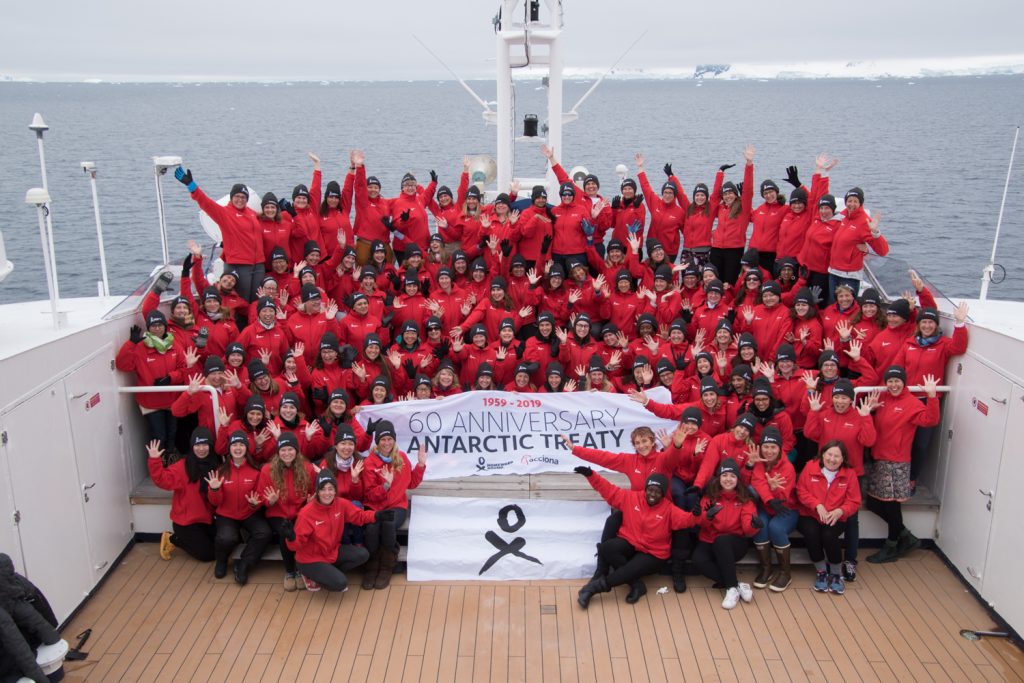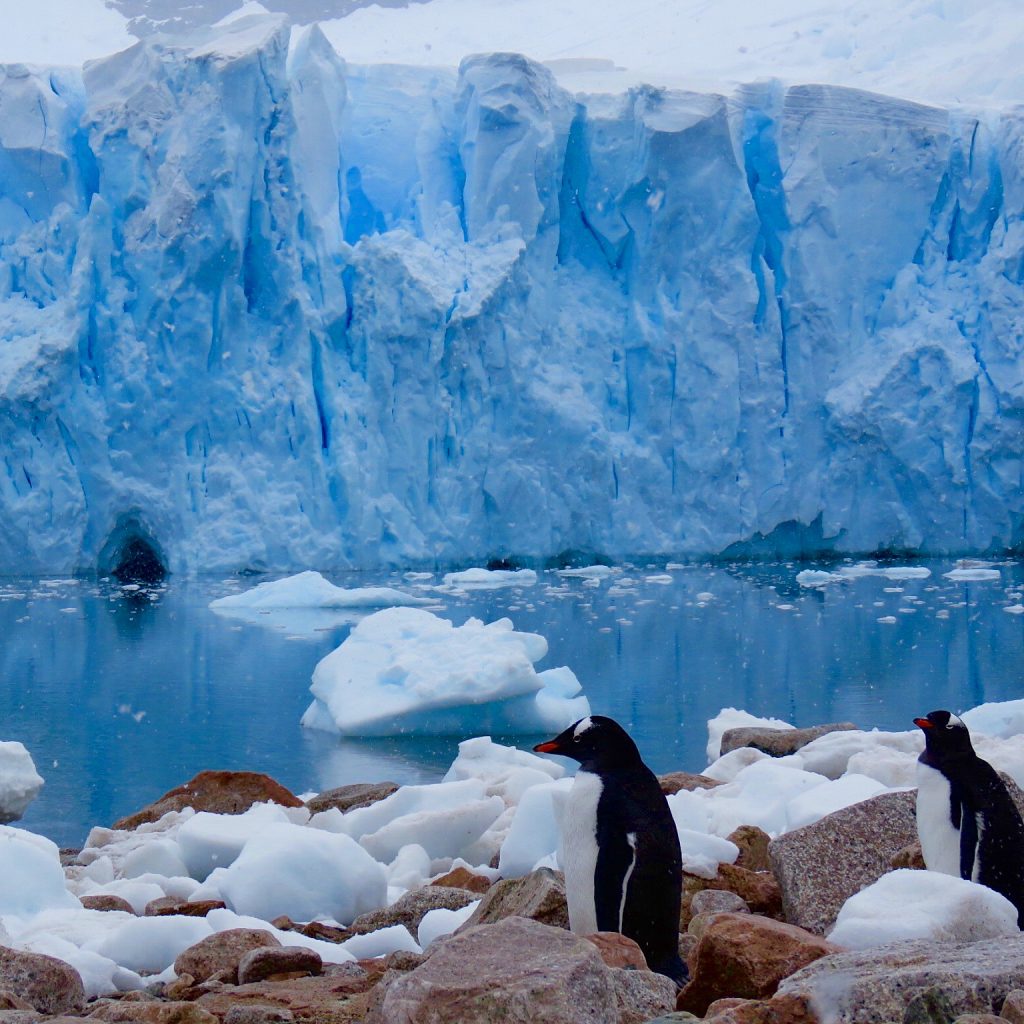Blog: Home from Homeward Bound & Antarctica
After almost a month in Antarctica with 100 women scientists from all around the world, I have now returned to my office in NAMMCO and would like to use a series of posts over the coming weeks to share some of my experiences.
In this first post, I feel it is important to explain why I was in Antarctica to begin with…
Homeward Bound

Earlier this year I was fortunate enough to be offered the position of Lead Facilitator for the voyage of the fourth cohort of Homeward Bound (#TeamHB4). Homeward Bound is a global leadership initiative for women with a background in STEMM (science, technology, engineering, mathematics and medicine). It provides training in collaborative and inclusive styles of leadership to empower and enable women to take their place and influence decision-making for the greater good. All the participants selected for the training have the capacity to make a difference in the world and possess a deep-seated desire to create a better future for all the species we share this planet with.
Homeward Bound offers the selected women scientists 12 months of leadership training, where they are encouraged to a) reflect on their values and goals, and b) learn about leadership through topics such as how to: think and act strategically; manage teams and have difficult conversations; communicate science and enhance visibility; and influence policy and decision-making. The initiative has an aim to train 1000 women over a 10-year period and I was Lead Facilitator for the 4th cohort of participants. This cohort included women from over 30 countries, 25 disciplines, and spanning an age range from 23-73. The 12 months of leadership training with Homeward Bound culminates in a three week voyage to Antarctica. This year, the group was the largest all female expedition to Antarctica ever, with 100 participants + 12 faculty involved.
Why Antarctica?
But why did this leadership initiative for women in science have to travel to Antarctica? Why was that an important and relevant part of the training? This is a common question that participants face and it has several answers.
The first is that Antarctica is the one place on Earth that is specifically dedicated to science, cooperation and peace. The commitment to maintain Antarctica as a place without national borders, conflict or war and dedicated to peace and open scientific cooperation was established by the Antarctic Treaty in 1959. This year while we were on our voyage we actually got to celebrate the 60 year anniversary of this international treaty, which really brought home its importance. For a multicultural global initiative dedicated to advancing collaborative styles of leadership by women in STEMM, meeting on neutral ground in a place specifically dedicated to science, peace and cooperation was of course deeply significant and highly relevant.

A second answer to the why Antarctica question is that it allows the participants to become completely immersed in both the program and the place. The limited possibilities for communication in Antarctica mean that the participants can be very effectively “unplugged” from their daily lives and the digital hive. Imagine no emails, no internet, no phone calls for several weeks! Extracting the participants from all their regular daily demands and responsibilities, creates a unique space for both deep personal reflection and intensive growth because they can really focus and give themselves completely over to the learning experience. This opportunity to take time away from ordinary life and step back from the incessant demands of others is important for all of our participants, but is particularly valuable for those balancing extremely busy work schedules and/or childcare responsibilities where time to consider their own values, goals and priorities and invest in personal development is often hard to find.

Thirdly, Antarctica brings the human/nature relationship into sharp relief and really forces you to think about how you are interacting with planet Earth. Certainly the vast and dramatic expanses of the landscape invite sensations of wonder and awe. It is also extremely difficult not to be filled with pure joy at the beauty of life on Earth when you sit watching penguins, whales and elephant seals go about their day. And yet, Antarctica is also clearly a dangerous and inhospitable place that demands respect. Indeed, there are several contradictions that arise when you visit the continent of ice. On the one hand, for example, you feel impossibly small and humanity’s history seems to pale into insignificance in this place. And yet, the signs that our actions are having a significant impact here are also obvious in the form of melting ice sheets, warming waters, and shifting species. Climate change is both visible and visceral in Antarctica, and humanity seems both irrelevant and incredibly powerful at the same time.
In summary, Antarctica offers a place where the participants of Homeward Bound can feel the power of international cooperation through science towards peace. It is a place where they can find time to really focus on their learning and personal development. And finally it is a place with the power to transmit a deep sense of wonder, awe, and connection to the beauty of life on Earth, as well as to inspire the motivation, passion and commitment to help it thrive.
In my next post, I will say a little more about my role on the voyage and how I brought my work at NAMMCO into the training.
By Fern Wickson


